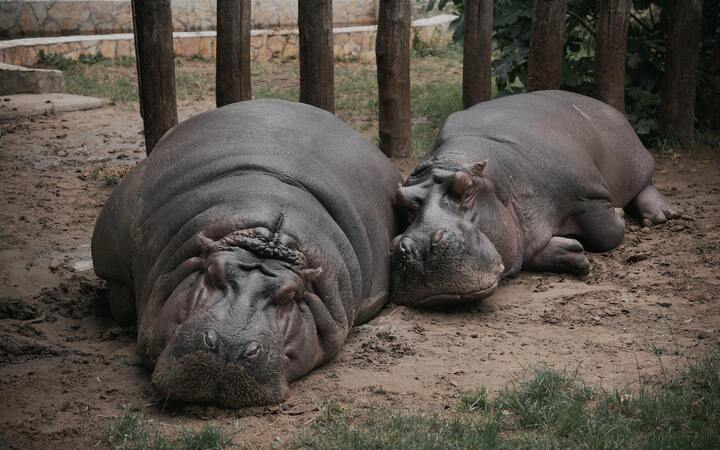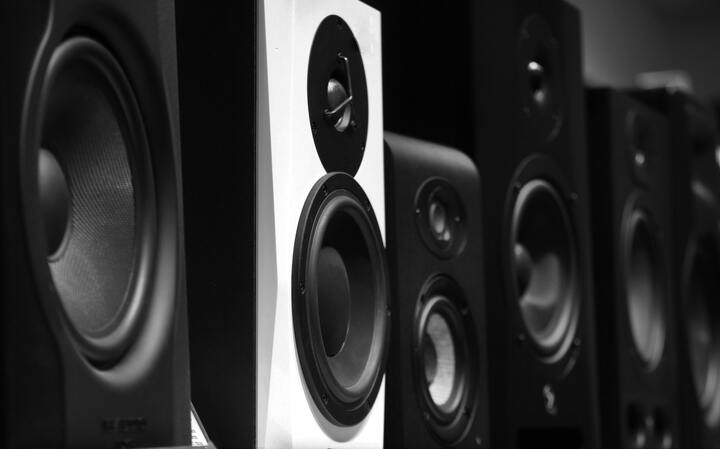This is a new way to convert temperatures between Celsius and Fahrenheit. It’s not the most accurate method, but it’s surely the easiest.
If you want a puzzle, here is the system as a cartoon:
Did you figure it out? Here’s the system in words:
For the numbers 4, 16, and 28, transposing digits switches from Celsius from Fahrenheit.
If you want even more explanation, here’s the system as a diagram:
It’s a coincidence that these conversion points exist—I found them by writing a program and searching for all the cases where this happen. It’s an very fortunate coincidence that they divide the range of temperatures in a convenient way.
| Range in C | Range in F | Description |
|---|---|---|
| < 4°C | < 40°F | Cold |
| 4°C - 16°C | 40°F - 61°F | Cool |
| 16°C - 28°C | 61°F - 82°F | Warm |
| > 28°C | > 82°F | Hot |
As an example, suppose you are familiar with Celsius and don’t know how to interpret 71°F. Since this is around halfway between 61°F and 82°F you know it is also about halfway between 16°C and 28°C.
Questions
Question: Did you lie a little bit about the numbers?
Answer: Yes, but by less than 1°F.
Question: Don’t I have to remember “4, 16, 28”?
Answer: Yes. But it’s not that hard! You have 4, then 4 + 12, and 4 + 12 + 12.
Question: Isn’t this a bad system for me, smart person who can easily calculate F=(9/5)C + 32 and C=(5/9)(F - 32) in my head?
Answer: Probably yes.
Question: How do I use this system to convert other temperatures?
Answer: You can mentally interpolate: For example, 7°C is ¼ of the way from 4°C to 16°C, so it converts to around 45°F, ¼ of the way from 40°F and 61°F.























